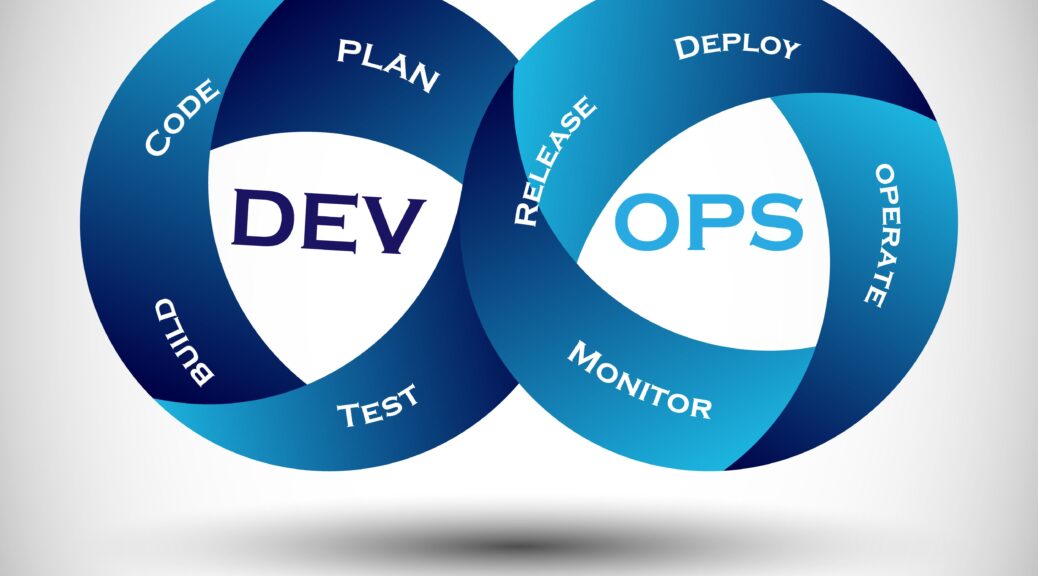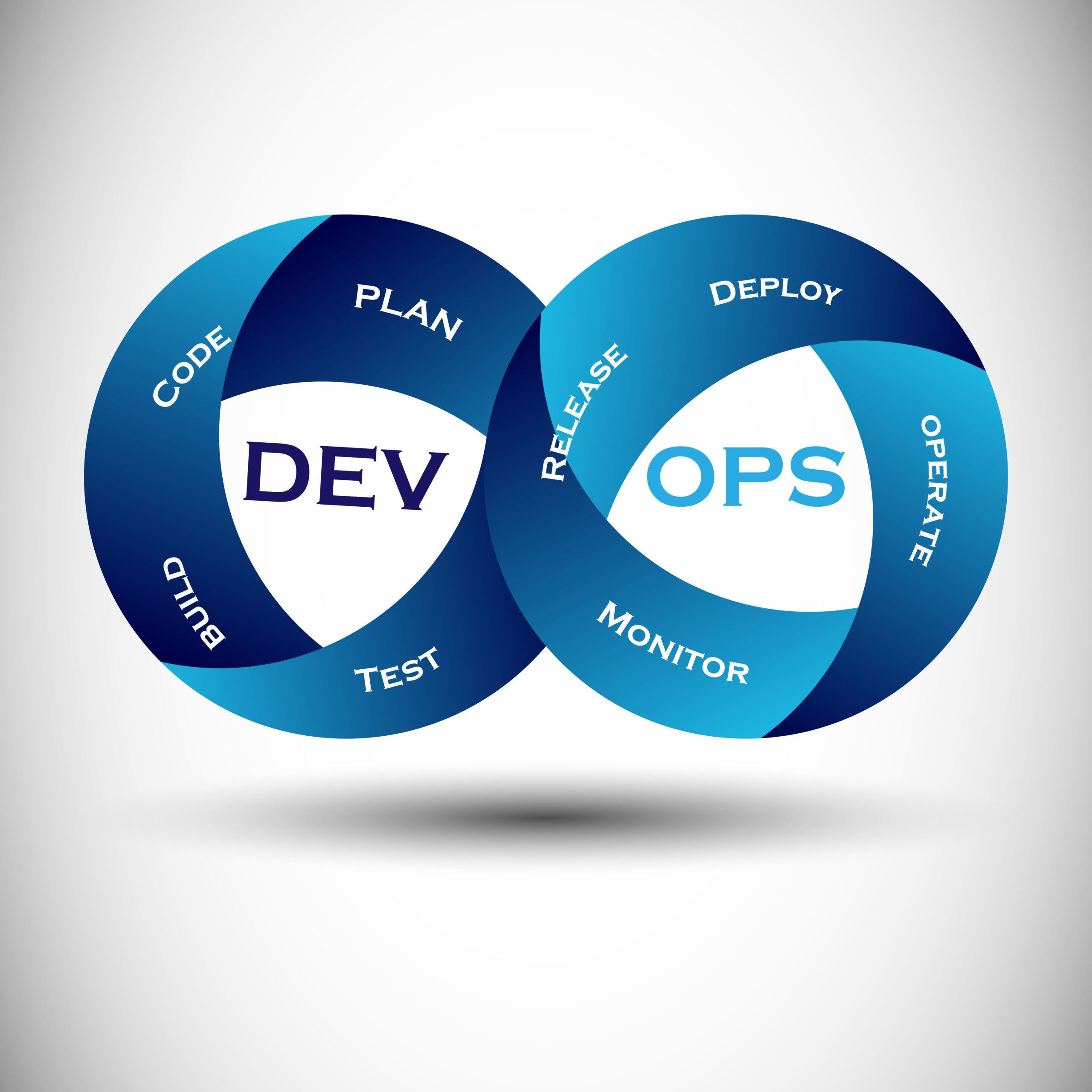
Why Is DevOps The Perfect Partner To Office365 Business Application Development Tools?

One of the key drivers behind innovation has always been increasing convenience and efficiency. In fact, most of the modern day technologies will find their roots back to a solution for a simple problem. Starting from the invention of a wheel to the automobile, the calculator and then the digital age.
Similarly, DevOps brings us a new paradigm of discipline and practices which aim at bringing more efficiency and agility to business application development. What’s more interesting is how DevOps can benefit enterprise application development on the Office365 platform. But before we get all technical, let’s get the basics cleared.
What is DevOps?
Microsoft defines DevOps as the “union of people, process, and products” in order to create a continuous process value-creation for the end-users. The word ‘DevOps’ is actually an amalgamation of ‘Development’ and ‘Operation’. The goal is to create agile teams capable of cross-discipline application and implementation. The practices inculcated in DevOps actually work on using resources to maximum output within the minimum required time.
Like any philosophy, DevOps can come easy to some, while some might have to work at it. However, the practice and philosophy behind DevOps are based on contemporary concepts like agile methodology in software development. However, it’s not limited to software development only. In fact, it works with different areas including business analytics, design, programming, testing, and deployment.
As a result, it takes a holistic view of the entire developmental process and works to create the desired outcome in the most efficient manner possible. But then how do they do it? How is DevOps different? How does it work? Let’s take a detailed look into it.
How is DevOps Different?
In order to understand how this concept really works, let’s start with an example. Let’s say we’re about to work on an application development project for a client. The first step should be to understand the nature of the business, the market in which the application is to be released, target demographic, target user behavior and any other available data. Once the initial requirements are collected and tabulated, we’ll move on to the next step,
Now, we’ll start work on brainstorming different options as solutions. In order to address all the requirements and objectives (based on the information gathered in the first step), we’ll start jotting down different solutions which meet the desired outcome.
The next step in the process will be to settle down on one option based on factual data. The data is usually based on a few experiments run to understand the validity of each solution. The one that presents the best-case scenario is selected. Gradually, the development process begins and ends with finally delivering a working application to real users.
Microsoft mentions that their experience reports suggest roughly one-third of the deployments will have adverse results. Another one-third will be successful while the results of the remaining will make no difference at all. The target is to observe and identify the failure points and learn from those to re-inculcate learnings into the development again.
The target is to develop fast and deploy in short bursts. If the deployment is in short bursts, then the experience from those can be used to re-develop and straighten the final product. This feedback generation and inculcation process continue until the final desired outcome is achieved.
This allows the teams to work in small batches and reduce the cycle time by using increased automation, deploying frequently and rapidly and improving the monitoring systems. As a result, more the teams learn, more opportunities they have to pivot to a better solution using a validated learning point. DevOps works on using agile methodology, lean project management, version control, and cloud infrastructure.
These concepts work well with Office365 tools for application development and that’s why DevOps is transforming app development on Office365. But how is enterprise level application development different on Office365?
How Is Business Application Development Different on Office365?
Office365 tools for business application development offer different capabilities than traditional application development tools. So, when you’re developing for a business, how do you decide which framework to use – Office365 or traditional?
Office365 tools include Sharepoint, Flow, Logic Apps, PowerApps, Azure offerings, etc. In comparison, traditional development tools include Java, AngularJS, React, SQL, .NET framework, etc.
If you’re looking to use Office365 for enterprise-level application development, then you need to study your case first. Office365 works well definitely but within its scope. Developing a simple and minimalistic application is easier and cheaper with Office365. However, it’s exactly reverse-case with traditional application development tools.
As the complexity increase, the cost of development increases with Office365. Similarly, the user experience is fluid and dynamic at lower levels while higher levels of complexity tend to make the experience slow and difficult. The reason for this is that PowerApps is used for creating Rich Business Applications with minimal coding. The user interface is built on commonly used controls and lacks the micro-level control that traditional development looks like WordPress etc. provide. However, PowerApps offer native support for responsiveness across all device platforms.
For traditional development, responsiveness needs to be developed and fine-tuned. Similarly, automation comes with out-of-the-box integration in PowerApps, while custom implementation is required with traditional tools.
As a result, whether you use Office365 depends on the problem set you have on your hands. Depending upon the desired result, you’ll need to choose.
How DevOps Is Transforming Application Development on Office365
If you noticed, PowerApps’ core capabilities are in providing native, out-of-the-box modules (reporting, user experience, automation, etc), cloud infrastructure and with the low development effort. All these traits work well when considering DevOps.
It allows the team to move fast, and arrive at a working prototype to test it in the wild. Based on the experiment, the development can begin again to factor in the validated learnings. Since most capabilities are provided with PowerApps itself, the cost and time factors both help PowerApps become the perfect partner to DevOps.
It minimizes the time requirement since traditional apps generally need a lot of custom work. While most organisations will have saved modules to save time, customization according to the problem set requires time. Here, the solution is easier since the development time is shorter. As a result, it saves time and money and helps create a better product.
